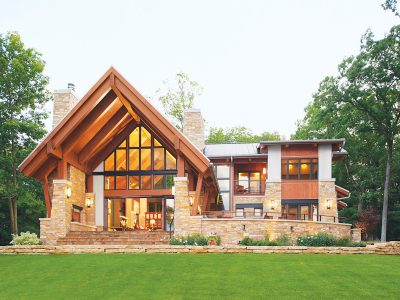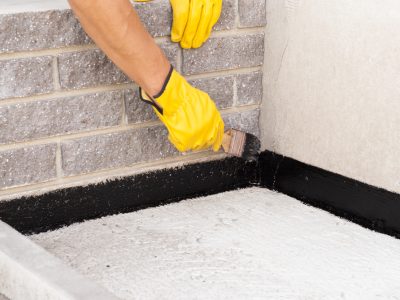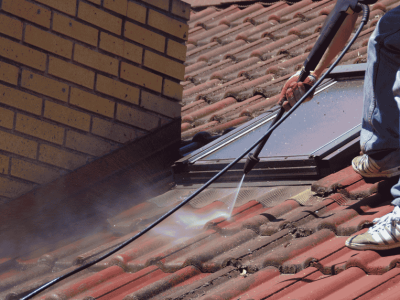You might not realize it, but climate change is quietly reshaping your home’s flooding risks, especially when it comes to your basement. With more frequent and intense storms, your drainage systems could struggle, leaving you vulnerable. Rising sea levels only add to this threat, pushing water closer to urban areas. It’s essential to understand how these environmental shifts intersect with aging infrastructures and expanding cities. Are your current preventive measures enough, or do you need to rethink your approach to safeguarding your property? Let’s explore what’s happening beneath the surface and what it means for your home’s future.
Understanding Climate Change Dynamics
As you explore the complexities of climate change dynamics, it’s crucial to grasp how human activities have accelerated natural processes. You might think of climate change as a slow-moving phenomenon, but the reality is that human actions have notably sped up these changes.
Fossil fuel combustion, deforestation, and industrial activities release excessive greenhouse gases like carbon dioxide and methane into the atmosphere. These gases trap heat, leading to a rise in global temperatures, a process known as the greenhouse effect.
Understanding this, you’ll see how every small action contributes to a larger impact. For instance, cars and factories emit carbon emissions that accumulate in the atmosphere. This accumulation not only warms the planet but also disrupts weather patterns, melts polar ice, and raises sea levels. These changes aren’t just happening in distant places; they’re affecting your local environment too.
You’ll also find that the alteration of land use plays a noteworthy role in climate dynamics. Urban development replaces natural landscapes with concrete and asphalt, reducing the Earth’s capacity to absorb carbon and manage water runoff.
Recognizing these dynamics helps you understand the broader environmental shifts influencing our daily lives.
Impact of Increased Rainfall
Human-induced climate change has far-reaching effects, and one of the most immediate is the increase in extreme weather events, including heavier rainfall.
You might’ve noticed that rainstorms are becoming more intense and frequent, overwhelming drainage systems that were never designed to handle such volumes. This excess water doesn’t just vanish; it often ends up seeping into basements, causing headaches for homeowners like you.
When rainfalls are heavier, the ground can quickly become saturated, leaving nowhere for the water to go but into your home. Basements, being the lowest point, are particularly vulnerable.
If you live in an area with older infrastructure, this risk is even higher. Aging sewer systems can back up, and storm drains can overflow, leading to water infiltration in your basement.
Without proper water management solutions, your basement could face repeated flooding, damaging your belongings and perhaps even compromising your home’s structural integrity.
It’s essential to be proactive. Consider waterproofing your basement, installing sump pumps, and ensuring proper grading around your house.
Sea Level Rise and Flooding
Amid rising global temperatures, sea levels are steadily climbing, posing significant flooding risks to coastal communities. As a resident or property owner in such areas, you’re becoming increasingly vulnerable to the encroaching waters. The melting polar ice caps and expanding seawater due to warming are major contributors to this phenomenon.
When sea levels rise, it doesn’t just mean more water; it means more frequent and severe flooding events that can inundate homes and damage infrastructure. You might notice that during high tides or storms, the water reaches farther inland than ever before. This situation is particularly concerning for your basement, which is at high risk of flooding.
When seawater breaches its usual boundaries, it can seep into the ground, saturating the soil and increasing hydrostatic pressure against basement walls. This pressure can push water through even the smallest cracks, leading to flooding.
If you’re living in a coastal area, you need to monitor local sea level trends and be proactive in protecting your home. Installing sump pumps, sealing cracks, and elevating critical systems can help mitigate the impact. These steps will guarantee your property remains secure as sea levels continue to rise.
Urban Infrastructure Challenges
Rising sea levels not only threaten individual homes but also pose significant challenges to urban infrastructure. As you navigate your city, you might notice storm drains, sewer systems, and roads struggling to cope with increased water levels.
Cities weren’t designed for the current rate of climate change, and now they’re facing the consequences. Increased rainfall and storm surges overwhelm drainage systems, leading to frequent flooding, especially in low-lying areas.
Picture yourself driving through a city where the streets transform into rivers after a heavy downpour. It’s not just inconvenient; it’s a sign of infrastructure unable to keep up with the changing climate. You might also see aging sewer systems backing up, causing water to infiltrate basements and lower levels of buildings. This is due to the increased pressure on sewer lines that weren’t built for such capacity.
Moreover, urban sprawl intensifies the problem. As cities expand, natural water-absorbing surfaces are replaced with impermeable concrete, reducing the land’s ability to handle excess water. It’s a challenge that requires urgent attention to prevent frequent disruptions and damage. The infrastructure that once served cities well now needs significant upgrades to withstand these modern challenges.
Protecting Your Basement
When it comes to keeping your basement dry, taking proactive steps can make all the difference. Start by inspecting your home’s foundation for any cracks or gaps. Seal these with waterproof sealants to prevent water from seeping in during heavy rains. Confirm your gutters and downspouts are clear of debris and redirect water at least three feet away from your foundation.
Consider installing a sump pump if you haven’t already. A sump pump efficiently removes accumulated water, reducing the risk of flooding. Pair it with a battery backup system to confirm it works even during power outages.
Grading your landscape away from the house can also help direct water flow. Planting water-absorbent shrubs and plants around your property can further mitigate water accumulation.
Inside your basement, store items in plastic bins rather than cardboard boxes to protect them from moisture. You might want to invest in a dehumidifier to maintain ideal humidity levels, preventing mold growth.
Regularly check your basement for signs of moisture or leaks, especially after storms. By taking these practical steps, you’re not only safeguarding your basement but also enhancing the overall resilience of your home against climate change-induced flooding risks.
Future Predictions and Preparedness
As climate change continues to evolve, future predictions suggest an increase in extreme weather events, which could lead to more frequent and severe basement flooding. You can expect heavier rainfall, rising sea levels, and more intense storms.
These changes don’t just affect coastal areas; even inland regions might experience more flooding as the infrastructure struggles to manage larger volumes of water.
Preparing for these changes involves more than just installing a sump pump. Start by evaluating your home’s vulnerabilities. Check for cracks in the foundation and seal them. Verify your gutters and downspouts direct water away from your home.
Consider landscaping options like rain gardens that can absorb excess water. Invest in smart technology. Flood sensors can alert you immediately to water in your basement, giving you precious time to act. Also, review your insurance policy. Make sure it covers flood damage, as many standard policies don’t.














Comments